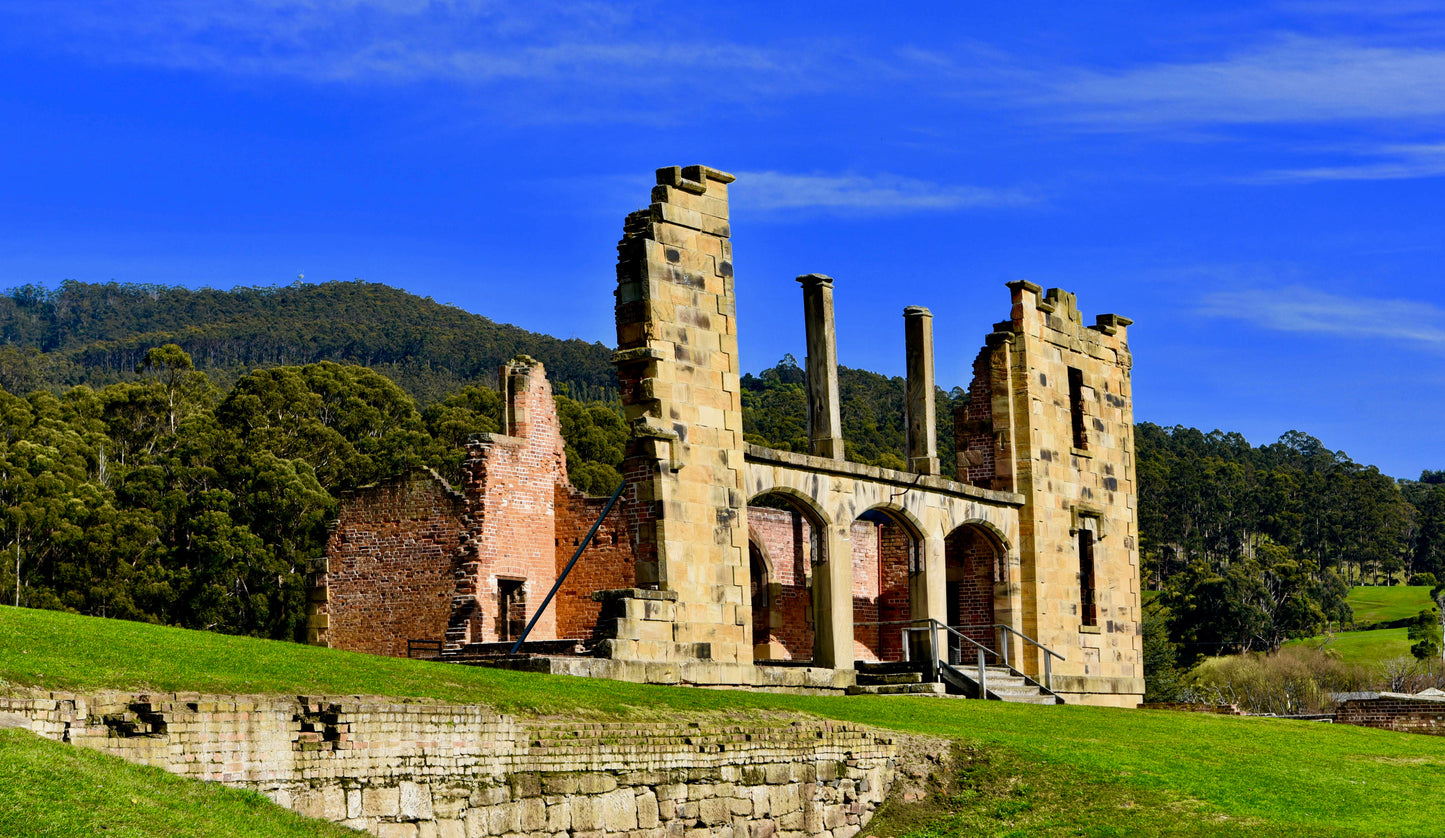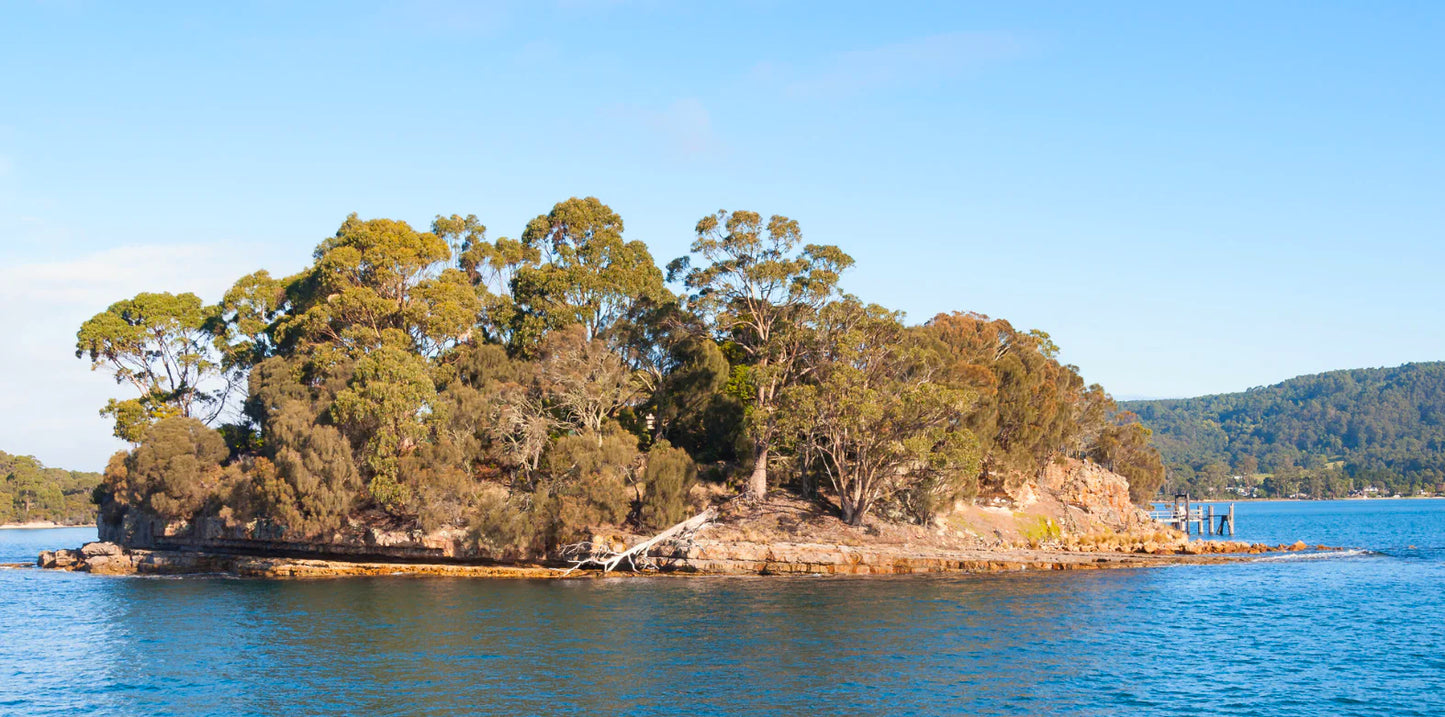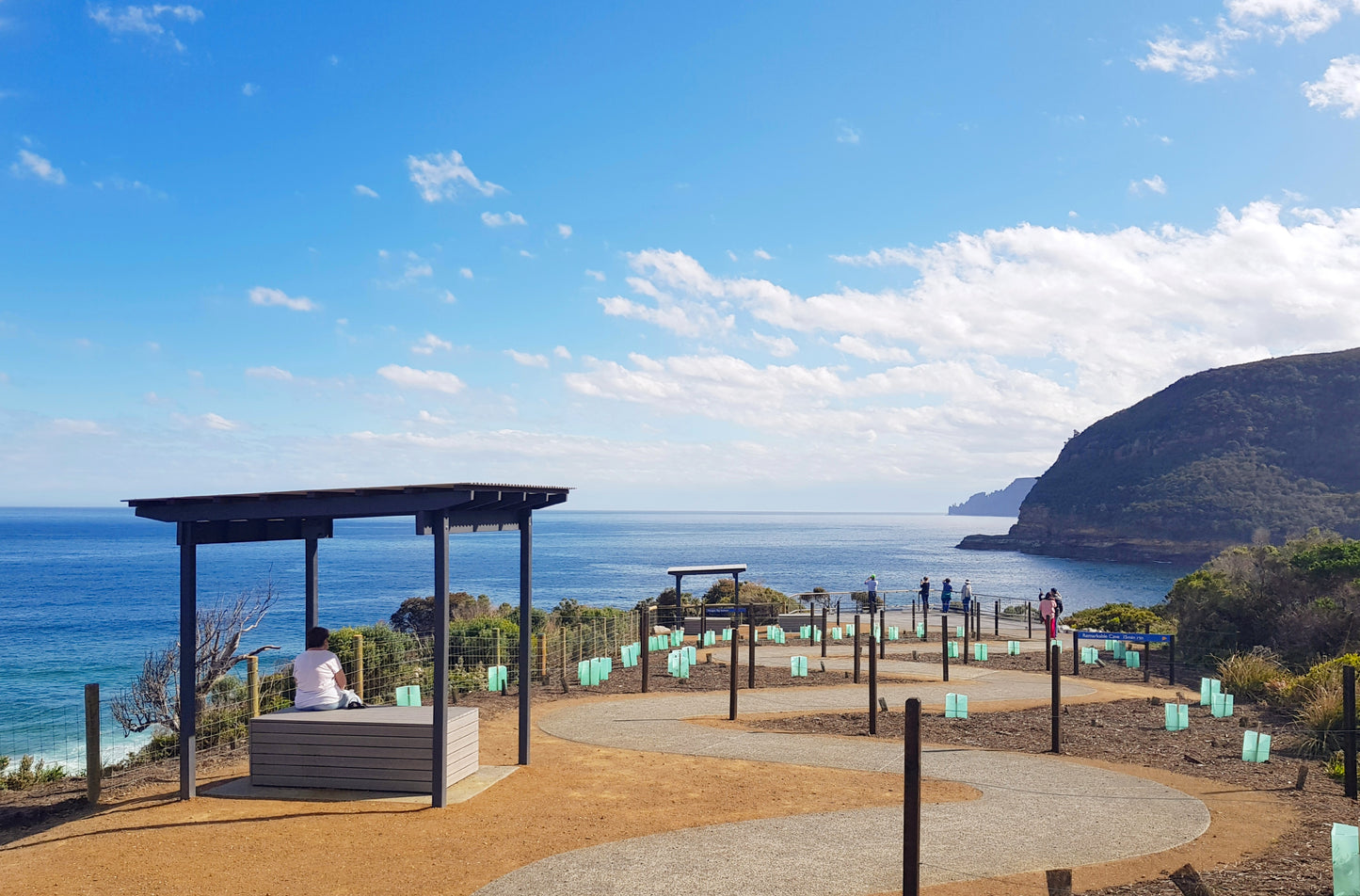Offer
Provide additional details about the offer you're running.
Port Arthur is a historic convict settlement and small town located in Tasmania on the Tasman Peninsula, about 2 hours east of Hobart. It’s easily one of Tassie’s top tourist attractions, with visitors flocking to see what life was like for convicts during the early years of European settlement in Tasmania.
Tasmania was originally named Van Diemen's Land by Dutch explorer Abel Tasman after his patron, Governor-General Anthony van Diemen, who sent him on the exploratory voyage. The island was then renamed Tasmania to distance itself from its dark past as a penal colony.
Port Arthur wasn’t just built for the purpose of imprisonment and criminal reform. Until it was transformed into a prison, the main industries of Port Arthur were timber felling, boat building, and brick making.
The infamous Penitentiary, the main prison building, was originally a granary and flour mill before being converted into a prison to house a growing number of convicts in the 1850s. The natural flow of water powered the mill, but when conditions weren't optimal, convicts on treadmills manually operated it as a harsh form of physical punishment. The plans for the original mill and granary were drawn by skilled convict Henry Laing, convicted of burglary, and later overseen by engineer Alexander Clark.
During the years Port Arthur operated as a prison, the convicts were highly productive, and the boats and other materials produced here were considered some of the best in the country.
The convict settlement of Port Arthur officially closed in 1877. In 1897, much of the standing structures save the bars and masonry walls were destroyed by fire.
In the late 1880s, when convict transportation ceased, the town of Carnarvon was established in the area to help reimagine the dark image of the Tasman Peninsula and counter the negative connotations left by the prison.

Only some convicts were deemed reformed and skilled enough to leave and live law-abiding lives in Tasmania, using their experience in convict trades such as shoemaking.
Even fewer convicts successfully escaped from Port Arthur, given its strategic position on the Tasman Peninsula, which has only one exit—the geographical chokepoint of Eaglehawk Neck.
Guards and watchdogs were stationed at Eaglehawk Neck to stop runaways on both land and sea, making escape almost impossible. But that didn’t stop shrewd convicts like the famous Martin Cash, who managed to slip through and survive months away from Port Arthur as a bushranger—since escaped convicts had little choice but to become outlaws.

In the bay adjacent to the historic site lies the Isle of the Dead, a small island that served as a burial ground. Even in death, there was social stratification, with free people buried on the highest sections of the island with headstones skilfully carved by the convicts. While the people of the least social standing were buried on the lower sections of The Isle of the Dead – many without headstones or grave markers.
Tour the Isle of the Dead: Experience all of Port Arthur with a guided harbour cruise of the Isle of the Dead aboard the MV Marana.
From convict records, those who disobeyed could be condemned to the Separate Prison, a psychological punishment facility based on a similar prison model in London. Convicts were confined and isolated in individual silent cells for sometimes 23 hours a day with no communication. To maintain the silence, mats were laid in the corridors to muffle the sound of footsteps.
There is much evidence today to suggest that many of the convicts who spent time in the Separate Prison developed mental health issues and found themselves in mental asylums like the New Norfolk Institute.
It was believed that physical punishment only hardened the convict’s physique and mental resolve, so psychological isolation-based punishment was introduced as a means of control.
Experience an expertly guided small group tour of the UNESCO-listed Port Arthur Historic Site, as well as an intriguing harbour cruise to the Isle of the Dead on one of our Tassie tours. Enjoy the perfect combination of engrossing history and panoramic scenery on one of our multi-day tours, with a Port Arthur tour included.
Walk along scenic Pirates Bay and photograph the impressive Tasman’s Arch while passing through Eaglehawk Neck, the famous geographic chokepoint between the Tasman Peninsula and the rest of Tasmania. Arriving at Port Arthur Historic Site, take in Mason Cove while on tour to the nearby Isle of the Dead burial island and Point Puer boys’ prison—known for its harsh physical and psychological conditions aimed at juvenile rehabilitation.
See all our Fun Tassie Tours that include a guided Port Arthur tour, or contact us to organise a private day trip from Hobart. Guided 90-minute ghost tours are also available with exclusive night-time access to the historical site.

About a 1.5-hour drive from Hobart, the Tasman Peninsula has fantastic attractions to complement your tour of the Port Arthur Historic Site.
The Tessellated Pavement at Eaglehawk Neck boasts some of the most unusual and unique rock patterns anywhere in the country. The Tessellated Pavement is a spectacular sightseeing destination, complimented by fantastic seascape vistas at the Pirates Bay lookout point and Tasman's Arch.
The Tessellated Pavement is a photographer’s delight and a must-see on the Tasman Peninsula.

Nearing the bottom of the Tasman Peninsula is the extraordinary Cape Raoul lookout. Part of Tassie’s iconic multi-day Three Capes Track, Cape Raoul showcases impressive sea cliffs with imposing pillars of dolerite rock. Tasmania is unique in the world, with spectacular dolerite rock formations found nowhere else.
Climb the Cape Raoul lookout and gaze due south onto the Great Southern Ocean, where the next land mass is Antarctica, some 3,000km away.
*last updated 16th April 2025